This article is brought to you by our friends at Electrolux as part of an ongoing series focusing on seasonal ingredients. This month we're talking pumpkin and winter squash.
Today: Don’t get bored with the gourd.
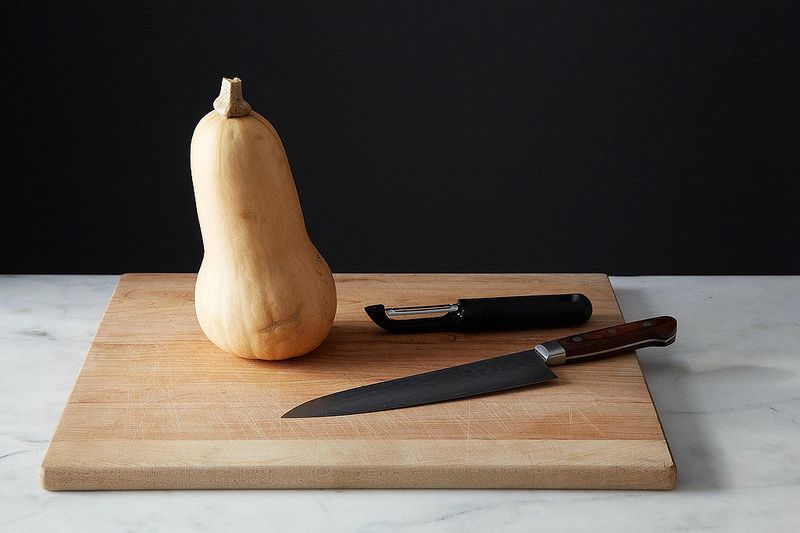
Each year, just around this time of the month, winter squash begins to creep into our kitchen. First comes pumpkins, bright orange and rotund. Then, when the excitement starts to fade over the popular kid, the others get their chance to shine. Classic butternut, nubby kabocha, and petite delicata are hacked, gutted, and cooked. While we love them all in their simplest state -- drizzled with olive oil, sprinkled with salt and pepper and roasted -- sometimes that’s just not enough.
Sometimes we just need to spice things up. There’s a long winter ahead full of gourds, and a few strokes of creativity can turn into genius. Kick the boredom before it even starts -- here’s how to keep getting excited about winter squash all season long:
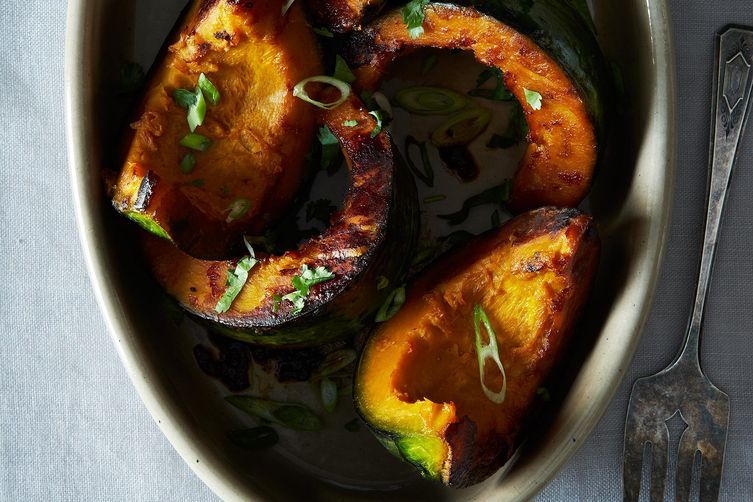
1. Kick up the flavor.
Braise your winter squash in stock to enhance its flavor -- try adding a glug of maple syrup to the stock to bring out the squash’s sweetness. Or give it an Asian kick by braising it in mix of dashi, mirin, soy, and chili garlic paste. Turn the heat up on your standard roast and caramelize your squash. Then go the extra mile and sprinkle it with herbs, cheese, nuts, or all three. You can also caramelize your squash over the stove, like in this recipe for delicata squash that’s hit with a zippy apple relish.
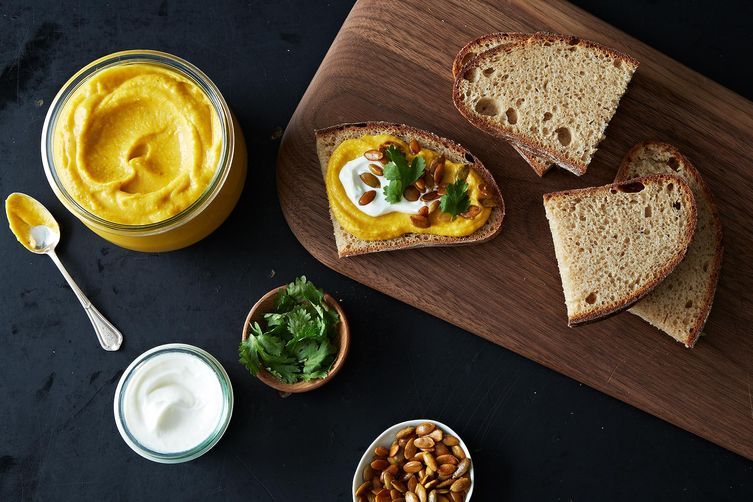
2. Spread it on toast.
Who says you can only eat squash with a fork? Slow roasting it until it’s practically falling apart and then blitzing it with tahini, garlic, chili and lemon yields a unique take on hummus that’s perfect for dipping with pita or spreading on sandwiches. Or go the sweet route, blending it with brown sugar and warm spices to make winter squash butter that just calls to be slathered on scones and swirled into oatmeal.
More: Make your own pita bread and let the dipping commence.
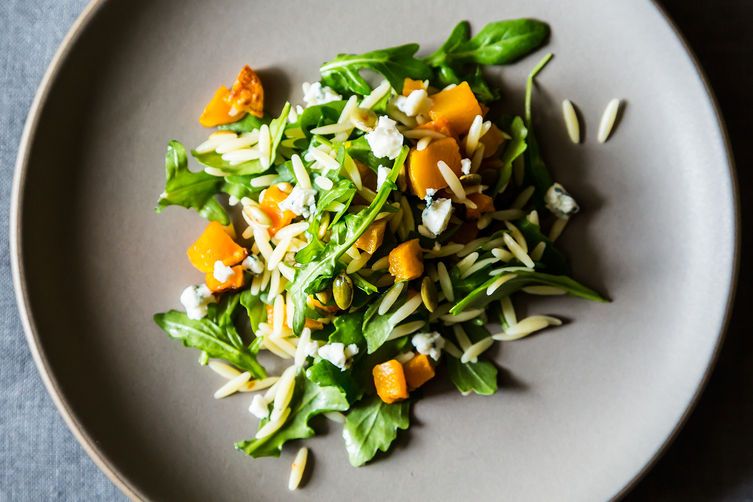
3. Toss it into salads.
Brighten up your salads -- winter squash adds color and sweetness to green and grain salads. Squash also adds texture and makes for a heartier bowl. Toss it together with kale for an ode to autumn or with grains like quinoa or orzo. And no one’s going to question you if you dress it in tahini -- that’s just a brilliant idea.

4. Crisp it into a snack.
Who says chips should be limited to potatoes and kale? Give squash chips a try. Slice your squash into thin rounds with a mandoline, sprinkle the rounds with herbs, and bake them low and slow until they become crispy, crunchy, and wonderful. Then find the nearest sandwich.
More: While you're at it, use your mandoline to make slaw.
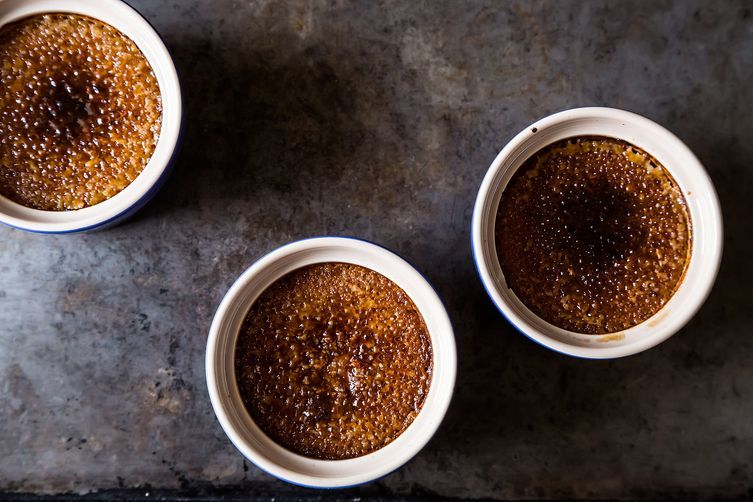
5. Make it dessert.
Pumpkin always wins in dessert. We’re baking it into quickbreads to eat warm out of the oven on these cooler mornings and have already started thinking about our Thanksgiving pies. But the sky's the limit -- try spreading the pumpkin love to other sweet treats like biscuits, crème brûlée, caramels, and cookies.
The other winter squashes rarely see the dessert plate, but they should. Roast and purée your favorite and use it in any recipe that calls for pumpkin purée. Butternut squash is delicious in scones spiked with sage -- or try a purée of Red Kuri squash in this coconutty, gluten-free cake.
What's your favorite way to cook winter squash? Tell us in the comments!
This article was brought to you by Electrolux, who's all about great taste and the appliances to help you make beautiful meals in your own kitchen. Learn more here.
Sheela Prakash is a food and wine writer, recipe developer, and the author of Salad Seasons: Vegetable-Forward Dishes All Year and Mediterranean Every Day: Simple, Inspired Recipes for Feel-Good Food. Her writing and recipes can be found in numerous online and print publications, including Kitchn, Epicurious, Food52, Serious Eats, Tasting Table, The Splendid Table, Simply Recipes, Culture Cheese Magazine, Clean Plates, and Slow Food USA. She received her master's degree from the University of Gastronomic Sciences in Italy, holds Level 2 and Level 3 Awards in Wines from the Wine & Spirit Education Trust (WSET), graduated from New York University's Department of Nutrition and Food Studies, and is also a Registered Dietitian.








See what other Food52 readers are saying.